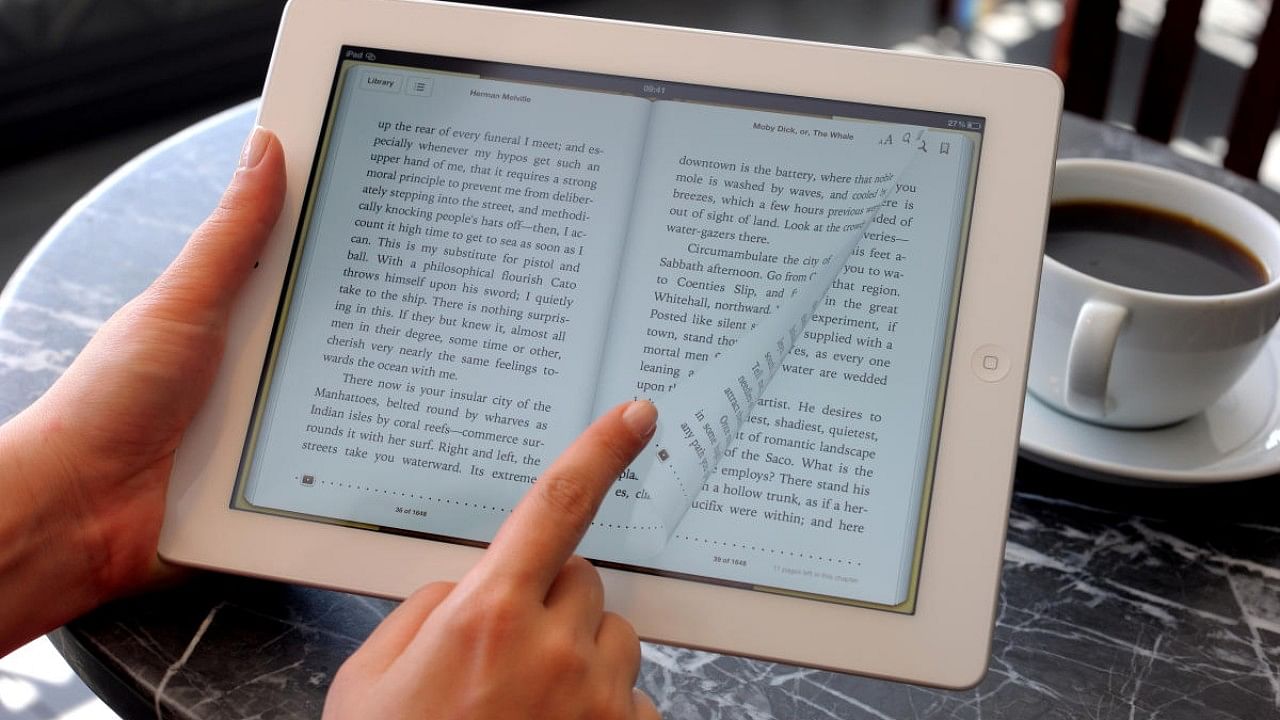
Allowing the user to feel the texture from images as the finger moves across the touch surface is a unique aspect of the new generation of touchscreen technology developed by researchers at the Indian Institute of Technology, Madras (IIT-M).
While existing touchscreens can only sense the location of finger touch, the new technology will allow a new level of interaction on smooth physical surfaces enabling the creation of textures that range from crisp edges, switches, and rich textures to smooth and gritty through software.
Called 'iTad' for interactive Touch active display, the researchers say it is the next generation in touch display technology as it allows them to create different textures such as crisp edges, switches, and rich textures that range from smooth to gritty.
There are no moving parts in iTad. Instead, an in-built multi-touch sensor detects the movement of the finger, and surface friction is adjusted via software. By controlling electric fields via a physical phenomenon known as 'electroadhesion,' the software modulates friction locally as fingers travel across a smooth plane, the IIT-M said.
Merkel Haptics, a start-up incubated at the IIT Madras Research Park, has been working with the Touchlab researchers to take the technology forward.
"This is the era of iTad. The technology can take online shopping experience to the next level. We can touch and feel things before we buy from e-commerce platforms. Around 30 percent of returns to online shopping are due to the mismatch of user experience, their expectation is different by looking at the images online," Professor M Manivannan, IIT-M, said.
Professor Manivannan of the Department of Applied Mechanics, IIT Madras said key applications of 'iTad' include automotive, consumer electronics, digital signage, home automation, medical, industrial, gaming, and aid for the visually challenged, among other areas.
P V Padmapriya, Merkel Haptics CEO, said the prototype from the Touchlab can be made into a product in a year's time.
"Our aim is to make a small device, similar to a computer mouse, on everyone's desk to add to the experience. We have been field testing and providing valuable feedback to the researchers at IIT Madras on improving the functionality of the technology," she said.
Professor Manivannan said currently computer touchscreens can only sense the position of fingers on the screen, but offers no feedback. "When we add feedback, the interaction with computers becomes experiential. iTad is unlike anything else on the market today because it combines multi-touch sensing with haptics on the same layer," he added.
"Textures and haptic effects, particularly big and curved displays, can be harmonized across size, shape, and surface. iTad is a versatile solution with diverse applications. Every texture effect created through iTad can be felt with the swipe of a finger," IIT-M said.